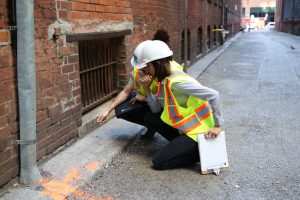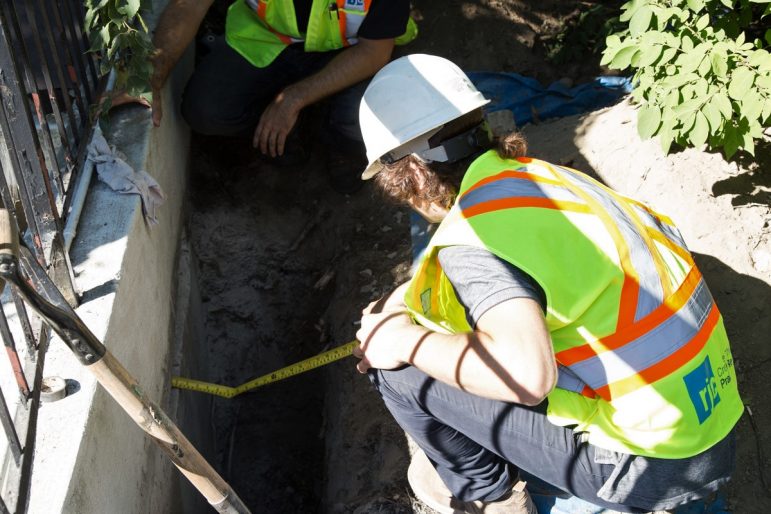Heritage buildings provide tangible connections to our historical roots, allowing us to step into the past and appreciate where we’ve come from. Whether it’s an old railway station, a beloved church, an ancient bridge or a storied residence, structures borne of an earlier era are like treasures of tomorrow and preserving them is a responsibility each generation must carry forward.
“To me, heritage buildings signify everything that brought us to the point we are at today,” said John Balla, Civil Project Engineer with RJC Engineers. “There would be no Confederation Bridge, no Hoover Dam, without all the past building experiences of our civil engineering community.”
But it’s not only about maintaining the structure itself; sometimes what you can’t see below the surface has equal importance. As Balla puts it, “Whether it’s the foundations of a 1970s-era home, or artifacts from an ancient civilization, pieces of the past can be found at just about every excavation site. When we’re digging up dirt, it’s important to remember that each bucketful might contain history.”
Code reconciliation
Aside from restoring the exterior façade and being mindful of the surrounding environment, some heritage restoration projects entail digging deeper to address the sub-terranean systems that no longer meet today’s codes—a process known as “code reconciliation.”
“In a civil environment, code reconciliation mostly means adding new water or sewer services to a building in order to update the usable life of a facility,” explained Balla. “Much of the work we are seeing today involves the replacement of services or the phasing out of old asbestos concrete pipes.”
 What are the most neglected areas that should be brought up to code?
What are the most neglected areas that should be brought up to code?
Here are Balla’s top three recommendations for prolonging the service life of your heritage property:
- Services
Sewer services can degrade to a point where there are holes in the building’s pipes allowing water to infiltrate the systems. This leakage can cause the already strained systems to work harder to keep up with the increasing demands of today’s occupants. If not repaired, sewage and water can leak out and cause contamination of soils and soil erosion; if left unchecked, sinkholes and other damage to the building and infrastructure may result.
- Grading
To keep water away from the building foundation, which can cause increased load on sumps and flooding of basements, grading needs to be maintained. Settlement can occur over time causing the slopes to change towards the building instead of away from it. While this unwanted shift typically occurs within the first 5 to 10 years of a structure’s life, factors such as climate change and increased storm frequency can accelerate the erosion process.
- Combined sanitary and stormwater systems
Although municipalities have been phasing this out for years, a large portion of most cities’ infrastructure is combined sewer. Where possible, RJC recommends that any existing outlets to a combined system are abandoned, and new separate storm leads and sanitary services are installed in place of those combined lines. Not only will this lighten the load on sanitary systems, but it will provide cleaner storm overflow when it cannot be managed by water treatment facilities.
For more information on RJC’s civil engineering services, please visit www.rjc.ca or contact John Balla directly at JBalla@rjc.ca.





